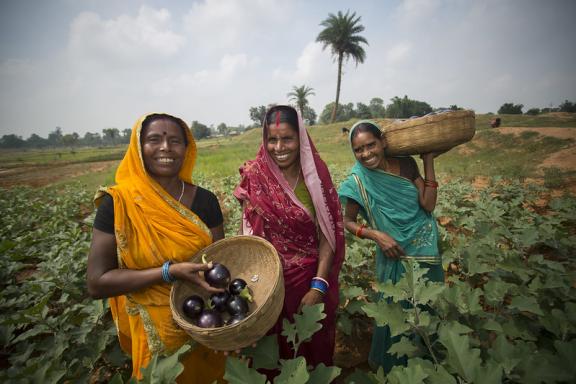
Proper care for a child—including all components of nurturing care—plays an integral role in shaping children’s health, nutrition, and development. But how can programs and services best support nurturing care? Many nutrition programs focus primarily on the caregivers responsible for providing nurturing care to infants and young children by providing them with information and motivational messaging related to care and feeding practices. However, to create lasting change, information and motivation are not enough—caregivers need to be able to draw on a variety of resources and support. These include more obvious resources like food, money, and other material goods to support caregiving, as well as intangible and psychosocial resources such as self-efficacy, mental health, social support, and time sufficiency, which are often overlooked by programs.
These intangible caregiver resources underlie caregivers’ ability to participate in programs and services, and to practice and sustain recommended behaviors to ensure positive child nutrition outcomes. While these resources can help improve the quality of care that caregivers can provide, the sources of the resources may include the family and the broader community. Programs and services are likely to be more effective when their reach goes beyond the caregiver’s actions to consider the wider familial, social, and political structures that surround and support caregiving behaviors. Acknowledging these broader influences on caregiver resources, which in turn impact nutrition and health outcomes, helps take the burden off of caregivers and strengthen enabling environments for care across the levels of the socio-ecological model.